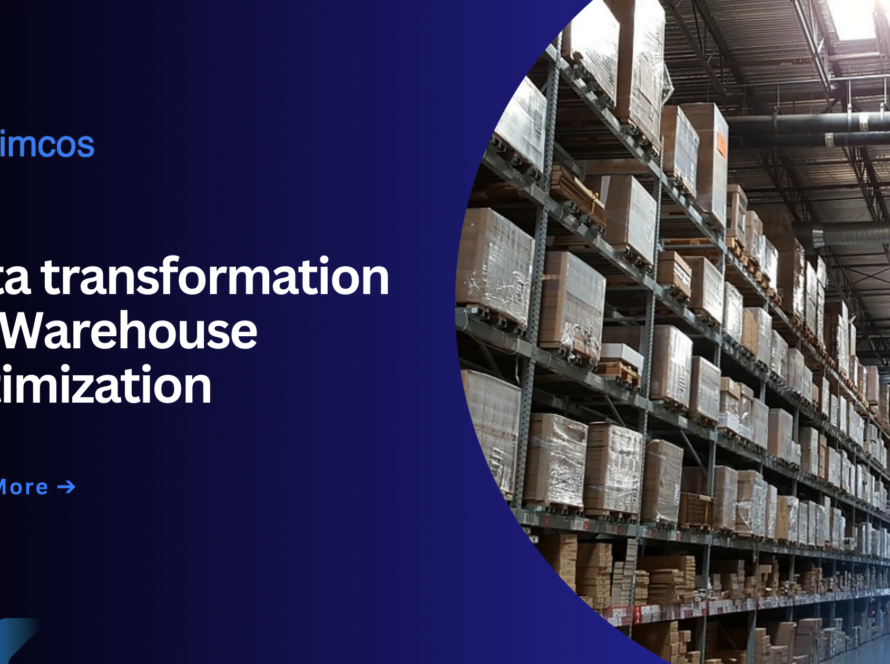In 2023, Cloud Computing is undergoing numerous changes with a lot of advancements which are paving a much better way for businesses to grow and expand in this competitive digital business environment. The adoption to these advancements are actually helping the modern businesses to completely develop and revolutionize the way in which data is being saved, secured, processed and managed. This article uncovers some of the advancements along with various adoption strategies in context to Cloud Computing.
Table of Contents
What is cloud computing ?
Cloud computing is that technology that is able to offer a user application and management of access to data, processing data on requests by sending end-users, and installing applications by using the model of resources in clouds. Its primary subscription-based services include storage, computing power, and software, which can scale up or down according to necessities.
The flexibility in use, cost effective and collaboration of cloud computing doesn’t trouble any business when it needs to have physical hardware. It is optimum choice for today’s remote and scalable business operations accessible over an internet connection from anywhere in the world. Example: Google Drive-service, Amazon Web Services – AWS
Advancements in Cloud Computing
➥ Integration of Artificial Intelligence (AI) & Machine Learning (ML)
When talking about the advancements in cloud computing, AI & ML play a major role in transforming the services. Artificial Intelligence helps computers in performing tasks that are basically performed by humans just like understanding and interpreting data whereas Machine Learning is part of AI which focuses on instructing the computers to understand the data and improve it accordingly without being told what to do. Cloud Platforms are expanding and offering both of these services in order to make cloud computing more advanced by making it more efficient in context to automation of tasks, improving decision-making and personalizing customer experience.
➥ Serverless Computing
Serverless Computing basically means to run the application without worrying about its infrastructure. This advancement in cloud computing has made it easier for the developers to implement and run their applications without worrying about the management of the server and just focusing on writing their code. It automatically adjusts in accordance to the changes in demand which leads to much simplified operations making things easier and more efficient by using and optimizing the power of the cloud.
➥ Using Multi cloud and Hybrid cloud solutions
Multi-cloud refers to using multiple cloud service providers all together to meet specific needs of the business as through this all the tasks can be distributed across different platforms in order to take advantage of unique and special service that is being offered by that respective provider. It leads to cost optimization and overall improved performance. On the other hand, taking into account the hybrid cloud solutions, it is a mixture of both public as well as private cloud which helps the businesses to utilize the power of both to handle critical workloads and maintain the confidentiality of the data wherever required. This provides better flexibility in context to working.
➥ Better security measures
With the advancements in cloud computing, the cloud providers are laying more focus and are investing more on the implementation of robust security measures such as encryption in order to safeguard the data and multi-factor authentication in order to provide the data with extra layers of security. Cloud computing basically ensures that the security policies are applied consistently across multiple devices and systems which provides better, scalable and more reliable solutions that protect data from various losses and reduce the overall chances of risk happening.

Adoption Strategies
➥ Determining business needs
Before adopting various cloud technologies, it is very essential for a business to determine the business needs in order to understand their business requirements from the cloud. It involves the evaluation of various factors such as infrastructure, security requirements, storage needs and the overall goal/objective of the organization and by identifying the cloud that aligns with the respective goals, the cloud technologies can be successfully adopted and integrated with the business platform.
➥ Optimizing and managing costs
As different types of cloud services have different pricing models, it is very important to understand the service model to choose the one according to our resource needs in order to avoid unnecessary costs. Implementation of various cost control measures along with the use of various tools and services can optimize cloud spending and manage extra expenses.
➥ Selecting an appropriate cloud model
There are basically three types of cloud model private, public and hybrid where private cloud means having your own cloud infrastructure, public cloud means taking services from any third party and hybrid cloud is a combination of both. So, choosing the best cloud model that suits your respective organization in accordance to your available resources and budget can help your business grow with a well selected cloud model.
➥ Investing in staff training
The training of your IT staff for the overall skill development to manage the cloud resources i.e., making them familiar with the cloud tools and practices can make a huge difference as it leads to the best use of cloud technologies in which the company has made investments. A skilled team of employees in context to cloud technologies can lead the organization towards great success.
➥ Security and backup of data
Security of data and recovery of data in case of any disaster are of top concern. So, implementation of robust security measures along with robust backup solutions can actually protect the data from various unforeseen incidents. Opting for regular data backups and implementation of various encryption methods and access controls can help in safeguarding the data.
Before choosing a particular cloud model, careful examination and determination of the overall business needs and available resources can help to opt. for a better solution suitable for the respective organization that can work in accordance with the prevailing advancements in context to cloud computing. By staying updated about these advancements and Implementing them can lead to innovation and efficiency and can help the organization grow and flourish successfully in the long term.
In a nutshell, cloud computing is quite flexible and cost-effective for modern businesses. It provides high scalability to access all the necessary resources without the need for physical hardware. Its main advancements-its support for AI integration, serverless computing, and multi-cloud solutions-can minimize technical problems and optimize the performance as well.
In addition, cloud platforms provide better security through encryption and multi-factor authentication, hence ensuring data protection. To fully realize its potential benefits, an organization needs to strategize by defining specific needs, managing costs, choosing the right model within the cloud, and investing in staff training. The right adoption strategies turn organizations into innovators and thrivers through cloud computing.

How does Himcos help ?
Himcos provides Business Software Modernization services. Our team isn’t just skilled, you get the best minds tackling your modernization project, ensuring exceptional quality and results. Our experts help improve performance, reduce costs, enhance security, and foster innovation providing our clients with scalable, secure and high performing applications.



